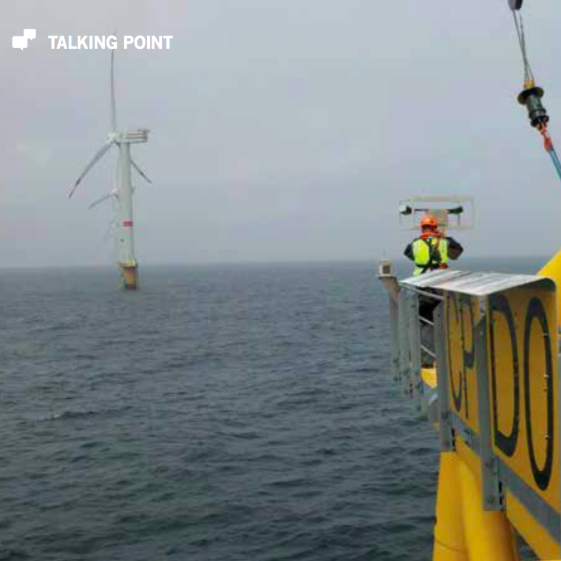Klaus Hirzel, CEO at Lufft Mess- und Regeltechnik GmbH, questions why turbine manufacturers have never asked suppliers for their ideal set of environmental sensors….
Taller, more extreme, more reliable: in parallel with the increasing requirements on wind turbines, the demands on wind sensors for the monitoring and maintenance of the systems are also on the rise. But how can wind sensor manufacturers meet these needs? And what are the requirements for the wind sensors of the future anyway? On the basis of the current framework conditions and trends in the wind energy market, the environmental sensor manufacturer Lufft has compiled a wish list for the wind sensors of the future.
Framework Conditions
In recent years, more than 200,000 wind turbines have been installed around the world in connection with the energy transition. Meanwhile, China is the largest market, followed by the USA, Japan, the United Kingdom, India and Germany. The market for renewable energies will continue to grow globally in the coming years.
Lufft V200A ultrasonic wind sensor on Dongfang wind turbine in China
The risks for the installations are increasing: ever taller, ever more extreme. Developers of wind turbines are already dreaming of generating wind production without turbulent flow at heights where only laminar flow prevails. The “extreme” in this application refers to both cold-climate installations as well as offshore applications in high saline environments.
The turbines have to operate trouble-free for very long periods. Unscheduled maintenance, in particular, is complex and expensive. Users and investors expect a guaranteed service life of over 10 years in conjunction with guaranteed energy harvesting. The thinking of the manufacturers thus revolves not only around proactive maintenance (too early and possibly unnecessary), but is already also concerned with “predictive maintenance” and “reliability centered maintenance”.
The environmental conditions are not only tough; they will also be characterized in future by more extreme weather (storms). Similar to the stock market, the “volatility” of the weather is increasing. Timely switch-off and positional adjustments for the turbine are becoming more important. Ultrasonic wind sensors today can measure wind speeds of up to 300 km/h. Detecting the first signs of icing on the blade tips at near sonic velocity remains a challenge for measurement technology.





























